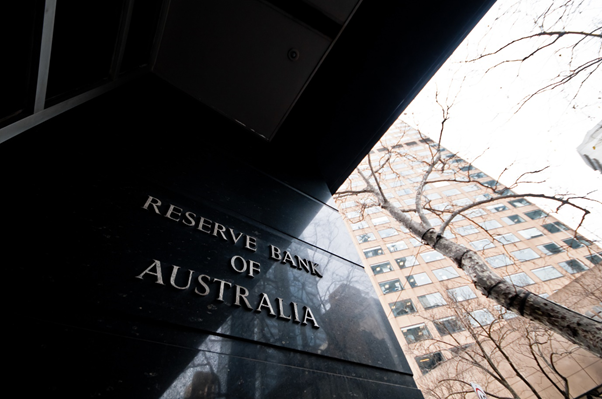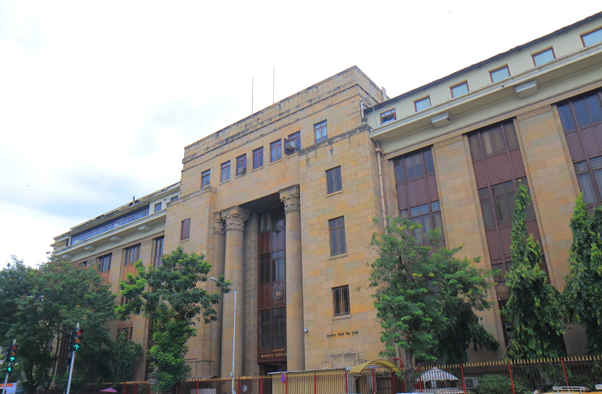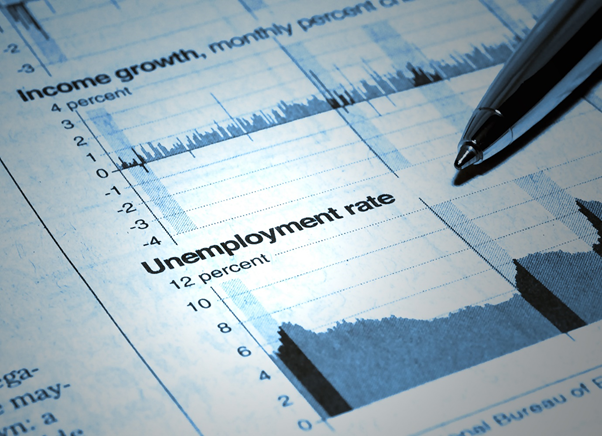Representative Image: A still-life with a home loan mortgage application, home loan calculator on smartphone and keys. © Cammeraydave | Megapixl.com
Banks across the world are more likely to be reluctant lenders in this calendar year, which may in turn impact the growth targets forecast by many.
Keeping aside the copywriting skill of central banks and policy makers, there are some valid reasons to believe this. Let’s skim through these factors one by one.
Asset Quality Under Stress:
After the loan repayment norms across economies were lifted, the central banks across the world are expecting a considerable stress in the balance sheets of the banks. They anticipate a considerable amount of deterioration in the asset quality of the banks.

Name of the Reserve Bank of Australia on a black granite wall in Melbourne, Australia with a reflection of high-rise buildings. The RBA building is located at 60 Collins Street, Melbourne, VIC 3000 Australia. © Eyeofpaul | Megapixl.com
Last week itself, the Australian central bank – the Reserve Bank of Australia (RBA) said that the asset quality of Australian banks – from both Australian and New Zealand portfolio – is set to deteriorate this year. The eased norms for the treatment of loan repayment deferral by the Australian Prudential Regulatory Authority (APRA) came to an end in March, due to which, the RBA believes that lenders would start seeing loan arrears.

Reserve Bank of India in western Indian city of Mumbai. Reserve Bank of India is India’s central bank controlling monetary policy. © Tktktk | Megapixl.com
Across the ocean, in India, the Reserve Bank of India (RBI) is of the opinion that bad loans in already stressed Indian banks are likely to double by September – and that is the baseline assessment (situation may worsen).
Central banks in many other countries have a similar assessment of the asset quality.
In a situation when asset quality of banks deteriorates, the balance sheet gets impaired and there is a reduction in capital levels – hitting liquidity. Stimulus packages might have pushed global liquidity to record high across the world, but one cannot negate the impact of this impairment on the risk averseness of the banks. Once risk averse, the banks start becoming reluctant lenders.
Also read: Banks Can Take a Leaf Out of Jamie Dimon’s Speech
Trust Deficit
World is witnessing the worst of COVID-19 pandemic right now. About one-third of over 600,000 new cases being reported daily, globally, are from Brazil, Russia, India, China and South Africa (BRICS) – world’s largest bloc of emerging economies.
In most of these countries, unemployment levels are still way above the comfort levels of economists and the policy makers, and higher unemployment rate would mean that there is lesser demand – the main growth engine of the economy.
Also read: India’s Rising COVID Cases A Cause of Worry
While the International Monetary Fund (IMF) and other global brokerages might have forecast high growth in 2021, yet one should not forget that it would be on the base of severely contracted economy.

Representative Image. © Svanhorn4245 | Megapixl.com
During the pandemic, the policy makers may have enhanced their copywriting skills to give a rosy picture of the economy, but that is on the back of assumption and hardly backed by data.
In India (which the fund pegs to be the fastest growing economy this year), the government, in this year’s budget pointed out - even if the economy grows by 10% in the financial year 2021-22 and by 6.5% and 7% subsequent years, the size of the economy would still be at about 90%, had the pandemic not hit.
Now, businesses borrow more when they see economy booming, and when they see their returns of deploying the funds way higher than the interest rate, they are coughing up on generating those funds.
Well, with the world economy expected to crawl back to the pre-pandemic level only by the end of year, and adjusting the further growth for inflation, the returns may well come around the interest payments – if not lesser. Would it motivate the borrowers to borrow? I doubt.
Despite this grim outlook, banks across the globe are rallying: Westpac Banking Corporation (ASX:WBC) has rallied 24% and Australia and New Zealand Banking Group (ASX:ANZ) has rallied 23% in 2021. The only outlier has been Commonwealth Bank of Australia (ASX:CBA), which has move up by paltry 4%.
However, during 2020, ace investor Warren Buffett sold his positions in JPMorgan Chase (NYSE:JPM), Goldman Sachs Group (NYSE:GS), PNC Financial Services Group (NYSE:PNC), and M&T Bank (NYSE:MTB), while truncating his holding in Wells Fargo (NYSE:WFC).



